Humans love to think we’re the pinnacle of evolution, but next to insects, we’re clumsy giants with fragile bodies and limited tricks. These tiny creatures have been perfecting survival for hundreds of millions of years, developing powers that put our best athletes and scientists to shame. They can lift hundreds of times their body weight, see a spectrum of light invisible to us, survive decapitation, and even turn their own bodies into chemical weapons.
What makes insects so unnerving—and fascinating—is that their superpowers aren’t just party tricks, they’re everyday survival tools. While we rely on machines and technology to extend our abilities, insects are born with built-in skills that feel ripped from the pages of a comic book. Here are 13 insects whose powers make humans look surprisingly weak in comparison.
1. Bombardier Beetle
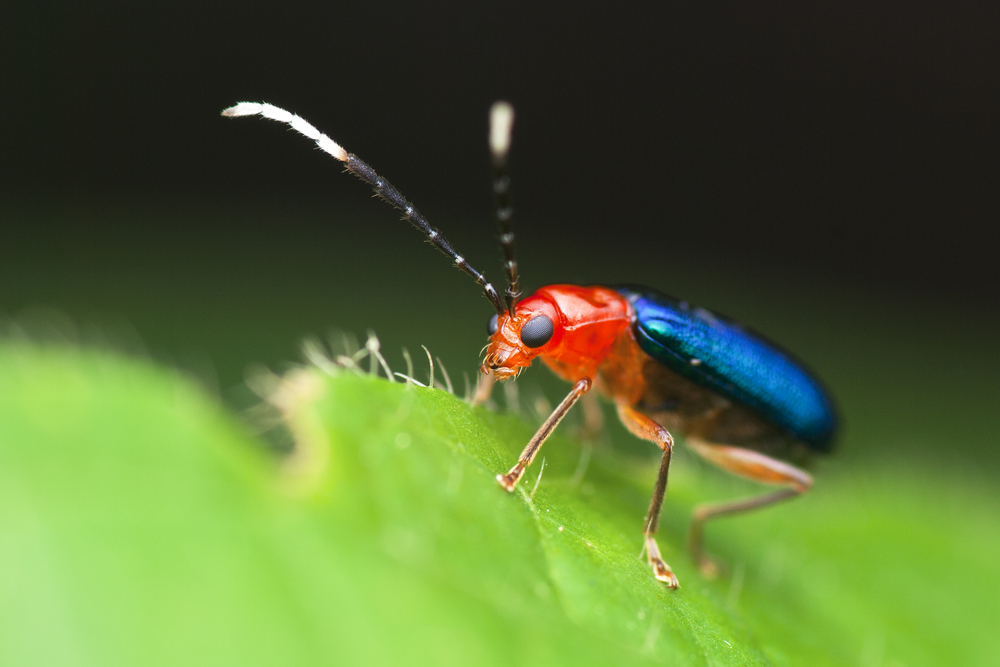
Picture this: a beetle capable of creating a chemical explosion within its own body. The bombardier beetle does just that, utilizing a specialized reaction chamber to mix hydroquinones and hydrogen peroxide. This mixture, upon contact with catalytic enzymes, heats to near-boiling point and is expelled as a defensive spray. Researchers like Dr. Eric Arndt from MIT have studied this process extensively, marveling at its sophistication (source: “Bombardier Beetles Avert Explosive Consequences,” MIT News).
The beetle’s power is more than a mere party trick; it’s a survival mechanism. When threatened, the beetle releases this noxious concoction, deterring predators with both its heat and chemical burn. Such an advanced defense strategy highlights how evolution can produce complex solutions to life’s challenges. Imagine if humans could harness similar biochemical reactions in our technology!
2. Dung Beetle
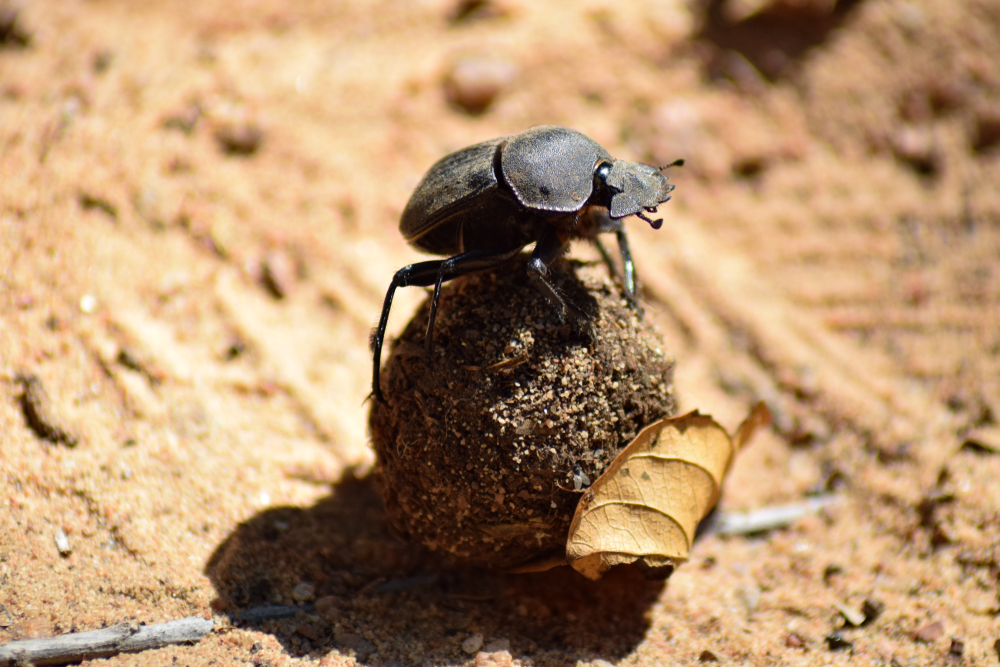
Dung beetles might not have the most glamorous job, but their strength is nothing short of superhuman. These beetles have the ability to move objects over a thousand times their body weight. To put that into perspective, it’s the equivalent of a human hauling a fully loaded 18-wheeler. This remarkable feat makes them one of the strongest animals on Earth, pound for pound.
Their strength is linked to their critical ecological role, as they help decompose waste and recycle nutrients back into the soil. By rolling and burying dung, these industrious insects not only clean up the environment but also aid in plant growth. They embody a perfect balance between power and purpose, revealing that sometimes the smallest creatures have the largest impact. Our gym routines pale in comparison to their natural strength training.
3. Dragonfly
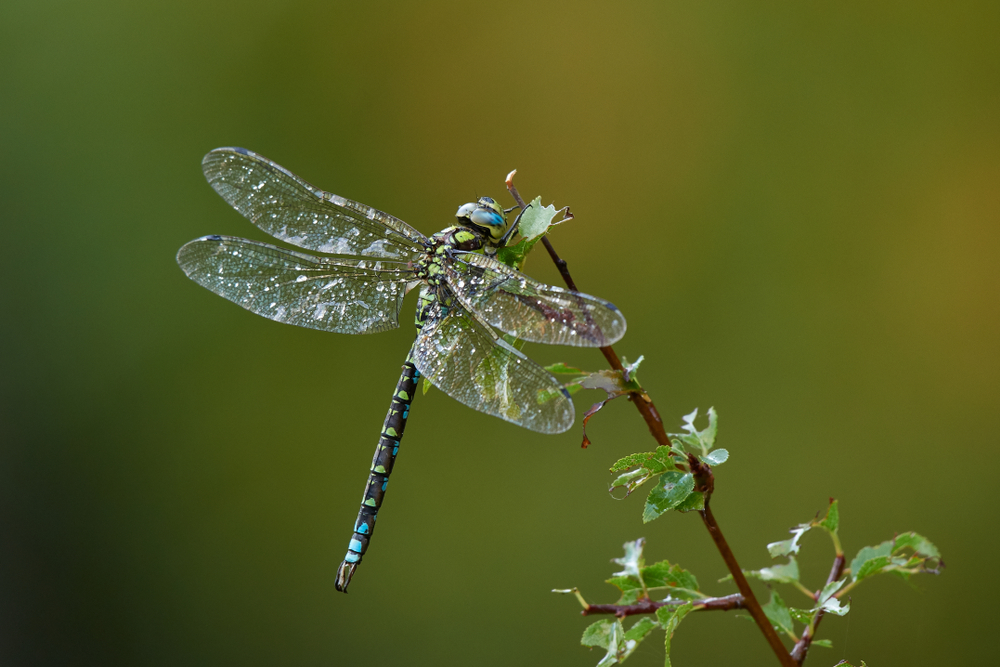
With their iridescent wings and agile flight, dragonflies are aerial acrobats of the insect world. Capable of flying at speeds up to 35 miles per hour, they can hover, dart, and change direction with astonishing precision. A 2019 study published in the journal *Nature* highlighted the dragonfly’s unique flight mechanics, revealing its ability to control each wing independently (source: “Dragonflies Use Predictive Control During Prey Interception,” Nature).
Their prowess doesn’t end with flight; dragonflies are also expert hunters. With a success rate of over 95% when catching prey, they’ve earned the title of one of nature’s most efficient predators. Their compound eyes, with thousands of lenses, provide almost 360-degree vision, allowing them to accurately track and intercept their next meal. The dragonfly’s mastery of the skies serves as a reminder of how evolution can engineer perfection.
4. Leafcutter Ant
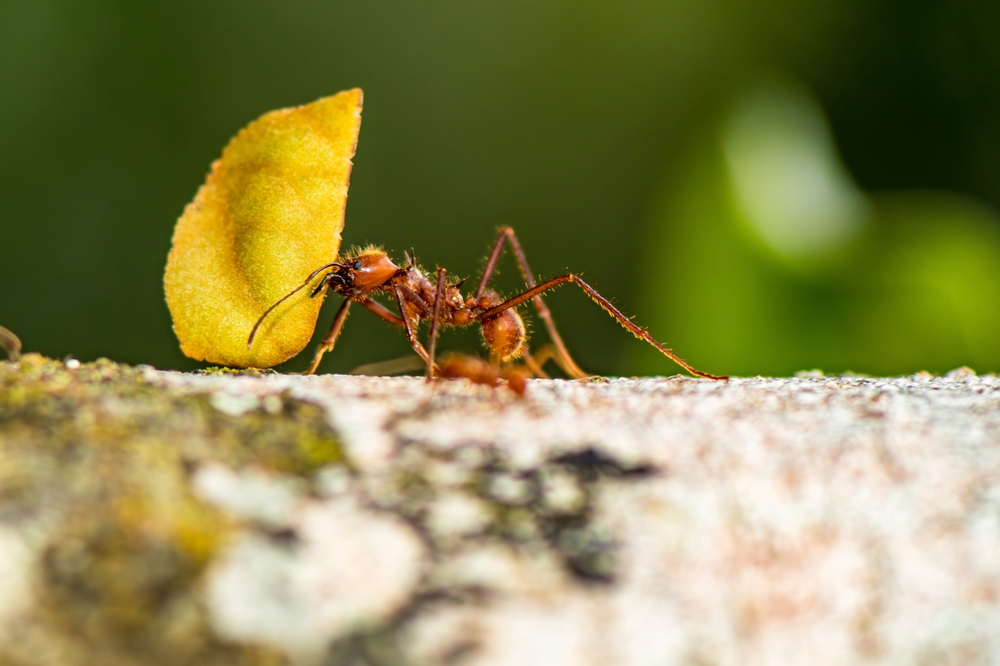
Leafcutter ants don’t just carry leaves; they cultivate entire ecosystems. Renowned for their agricultural skills, these ants cut and transport foliage back to their colonies to feed a specialized fungus garden. This fungus, in turn, serves as their primary food source, establishing one of nature’s most sophisticated farming systems. It’s a collaborative relationship that has existed for millions of years.
Beyond agriculture, these ants demonstrate incredible strength, capable of carrying objects up to 50 times their own weight. Their industriousness ensures not only their survival but also the enrichment of the soil through nutrient recycling. By managing their own compost heaps, leafcutter ants teach us that sustainable practices have long been ingrained in nature. Perhaps we can learn more from these tiny farmers about creating sustainable food systems.
5. Tardigrade
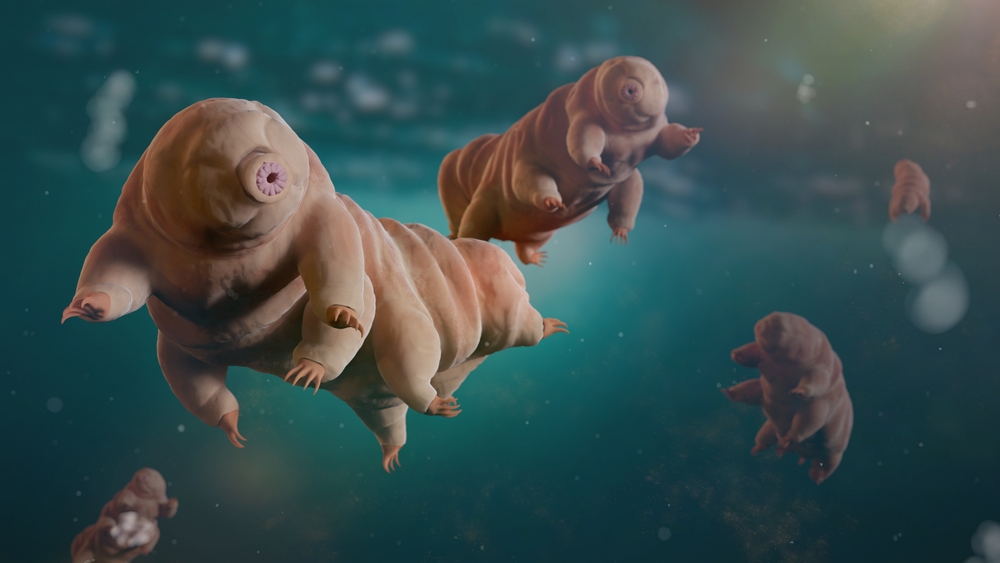
While not technically an insect, the tardigrade, or “water bear,” is a microscopic marvel we cannot ignore. Known for their resilience, tardigrades can survive extreme environments, from the depths of the ocean to the vacuum of space. A study by the University of Tokyo found that these creatures can withstand radiation levels that would be lethal to humans (source: “Tardigrades’ Unique DNA Repair Protein Protects Them from Radiation,” University of Tokyo).
Their secret lies in a protein called Dsup, which protects their DNA from damage. This ability to endure and even thrive in harsh conditions has captured the interest of scientists studying potential human applications. Imagine the possibilities if we could mimic their resilience in medicine or space travel! Tardigrades remind us that life’s adaptability knows no bounds.
6. Cicada
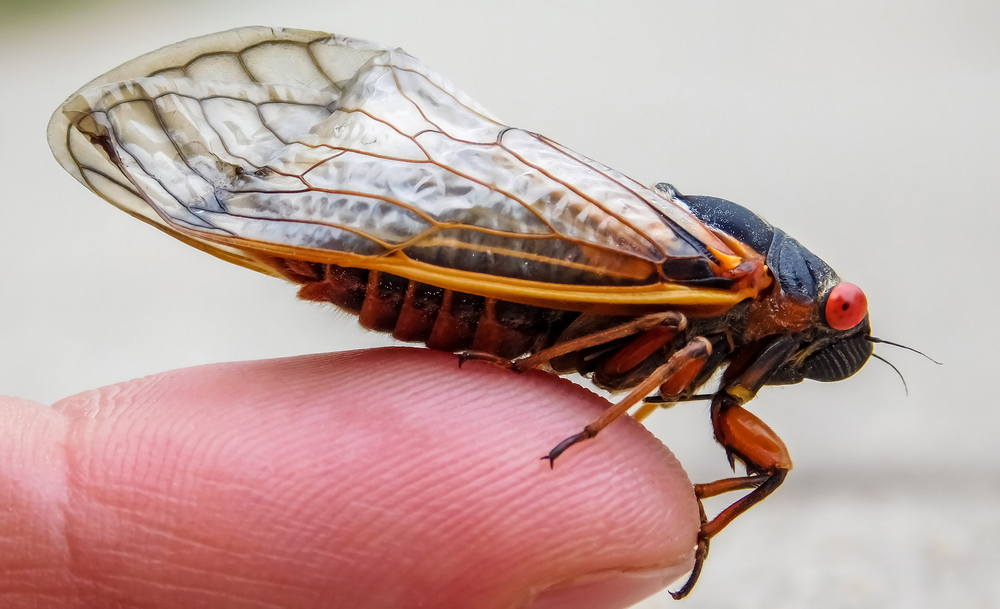
Cicadas might be infamous for their loud, droning calls, but their true superpower lies in their extraordinary life cycle. Some species emerge only once every 13 or 17 years, synchronized to form massive swarms. This strategy overwhelms predators, ensuring enough cicadas survive to reproduce. It’s a remarkable example of survival through numbers and timing.
Their emergence is a spectacle of nature, providing food for countless predators and fertilizing the soil with their decaying bodies. Cicadas spend most of their lives underground, feeding on plant roots and preparing for their brief moment in the sun. Their life cycle challenges our perception of time, showing that patience and timing are integral to survival. In the grand scheme, cicadas teach us the value of waiting for the perfect moment.
7. Mantis Shrimp

Although not an insect, the mantis shrimp’s abilities are too astounding to overlook. This marine crustacean wields its claws with the speed of a bullet, capable of striking prey with incredible force. A study published by the University of Queensland revealed that these strikes can reach speeds of 50 miles per hour, making them one of the fastest movements in the animal kingdom (source: “The Physics of Mantis Shrimp Strike,” University of Queensland).
The mantis shrimp’s eyes are equally impressive, possessing up to 16 photoreceptor types, compared to the mere three in human eyes. This gives them unparalleled color vision and the ability to perceive polarized light. Their combination of speed and sight makes them formidable hunters in the ocean depths. The mantis shrimp’s abilities challenge our understanding of what’s possible in the natural world.
8. Monarch Butterfly
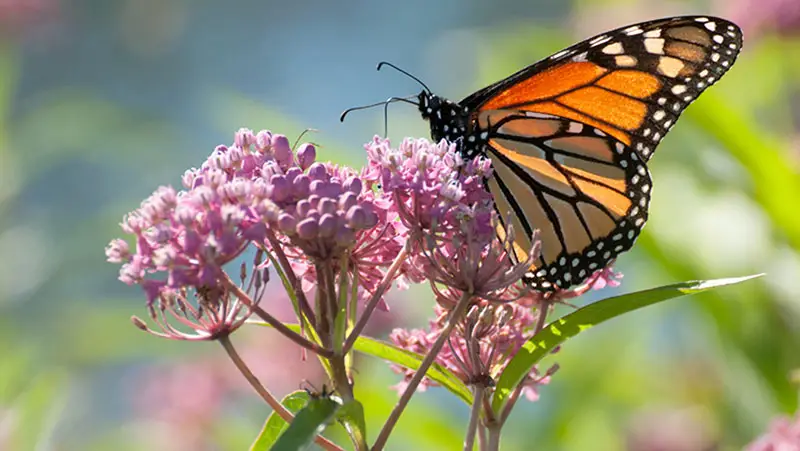
The monarch butterfly’s superpower isn’t just its beauty but its epic migratory journey. These delicate creatures travel thousands of miles from North America to central Mexico each year. What’s more astonishing is that this journey spans multiple generations, with each new wave of butterflies instinctively continuing the trek of their predecessors. Their migration remains one of nature’s greatest mysteries.
This journey is crucial for their survival, allowing monarchs to escape harsh winter conditions and exploit new breeding grounds. However, habitat loss and climate change threaten their migration path, highlighting the delicate balance between species and environment. Monarch butterflies symbolize the interconnectedness of ecosystems and the resilience needed to navigate a changing world. Their journey is a testament to endurance and instinct.
9. Trap-Jaw Ant
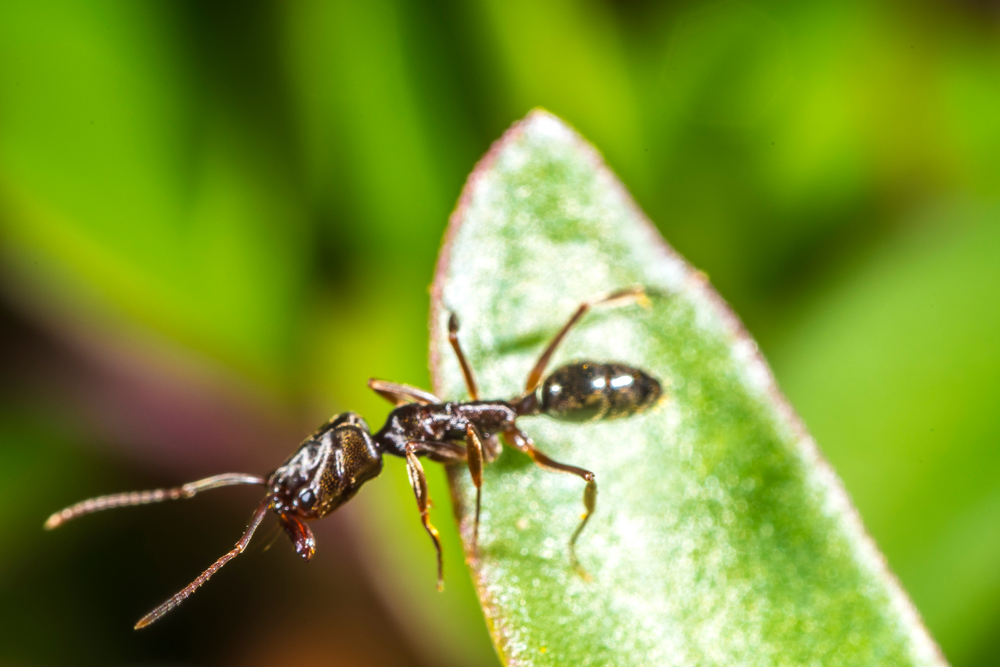
Trap-jaw ants are the sprinters of the insect world, with jaws that snap shut at record speeds. These formidable hunters use their mandibles not only to capture prey but also as a means of propulsion, catapulting themselves into the air to escape threats. This unique ability gives them an edge both in hunting and survival.
Their jaw speed is such that it can stun or kill prey instantly, showcasing an incredible adaptation for such a small creature. This rapid-fire mechanism is powered by a complex hinge structure and powerful muscles, illustrating nature’s capacity for innovation. The trap-jaw ant’s agility and force are a reminder that even the smallest creatures can pack a punch. Their existence challenges us to rethink the limits of biological engineering.
10. Honeybee
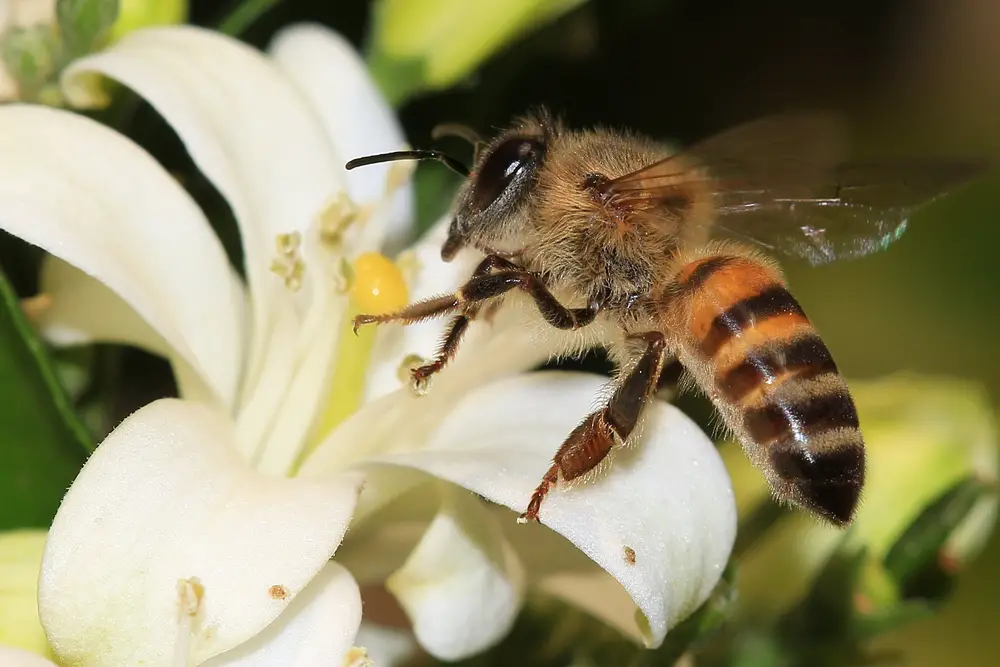
Honeybees are celebrated for their honey-making skills, but their true marvel lies in their social sophistication. These insects communicate through a complex “waggle dance,” conveying information about food sources to their hive mates. This form of communication demonstrates their advanced cognitive abilities and cooperation.
Honeybees play a vital role in pollination, essential for the production of many of the foods we rely on daily. Their decline due to habitat loss, pesticides, and disease poses a significant threat to global agriculture. Honeybees underscore the importance of biodiversity and the interdependence of species in maintaining ecological health. Their existence implores us to protect the intricate web of life on which we all depend.
11. Stick Insect
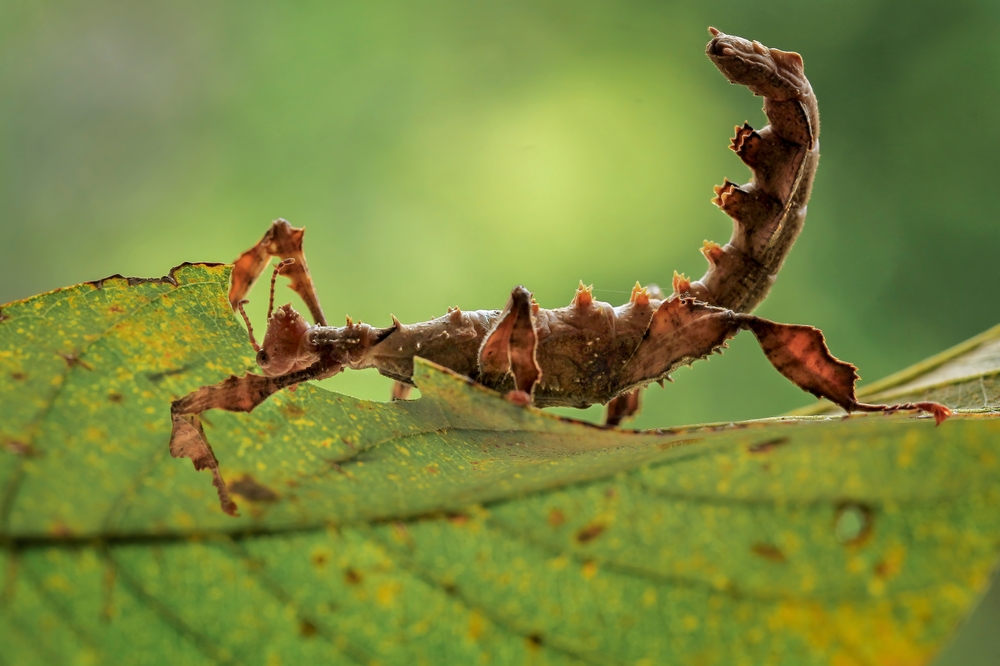
Masters of disguise, stick insects are the ultimate camouflage artists. With bodies that resemble twigs and leaves, they blend into their surroundings, evading predators with ease. This form of mimicry is so effective that even the sharpest eyes are often fooled.
Their ability to seamlessly integrate into their environment highlights the power of adaptation. Stick insects remind us of the importance of invisibility and subtlety in nature’s arsenal of survival strategies. Their existence serves as a testament to the creative forces of evolution, where appearance becomes a life-saving trait. In the natural world, sometimes the best defense is simply not being seen.
12. Firefly
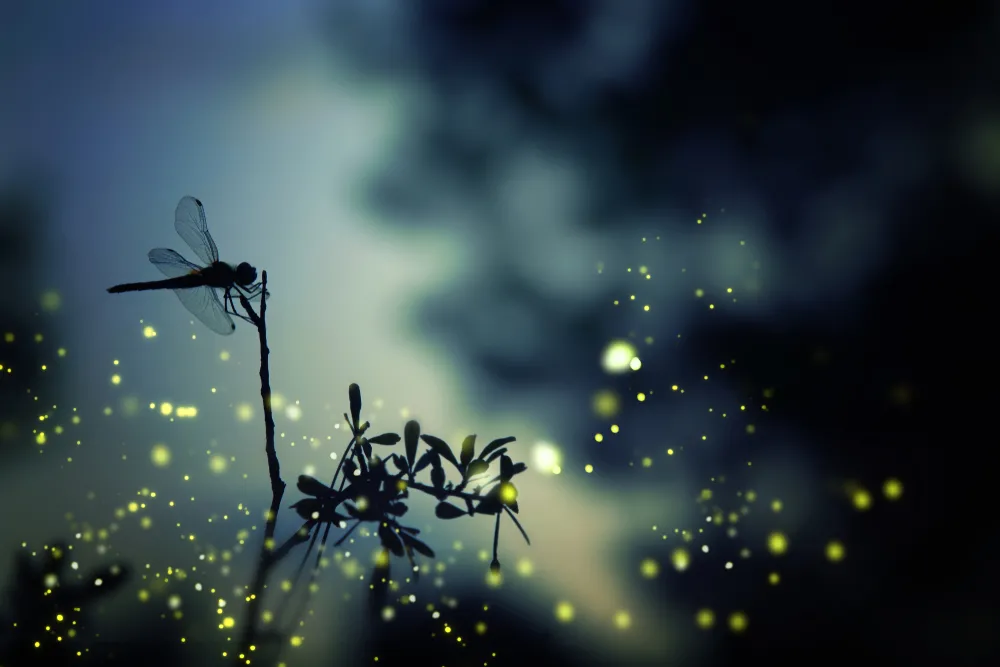
Fireflies, or lightning bugs, illuminate the night with their enchanting glow. This bioluminescence is a result of a chemical reaction in their lower abdomen, used primarily to attract mates. Each species has a unique flashing pattern, communicating identity and intent in a dazzling display.
Fireflies’ light shows are a form of communication and courtship, serving as a beacon in the dark. However, habitat destruction and light pollution threaten their gentle glow, reducing their numbers and disrupting their mating rituals. Fireflies remind us of the beauty and fragility of natural phenomena, urging us to protect these silent conversations. Their gentle glow serves as a flickering reminder of the wonders that thrive in the night.
13. Bullet Ant
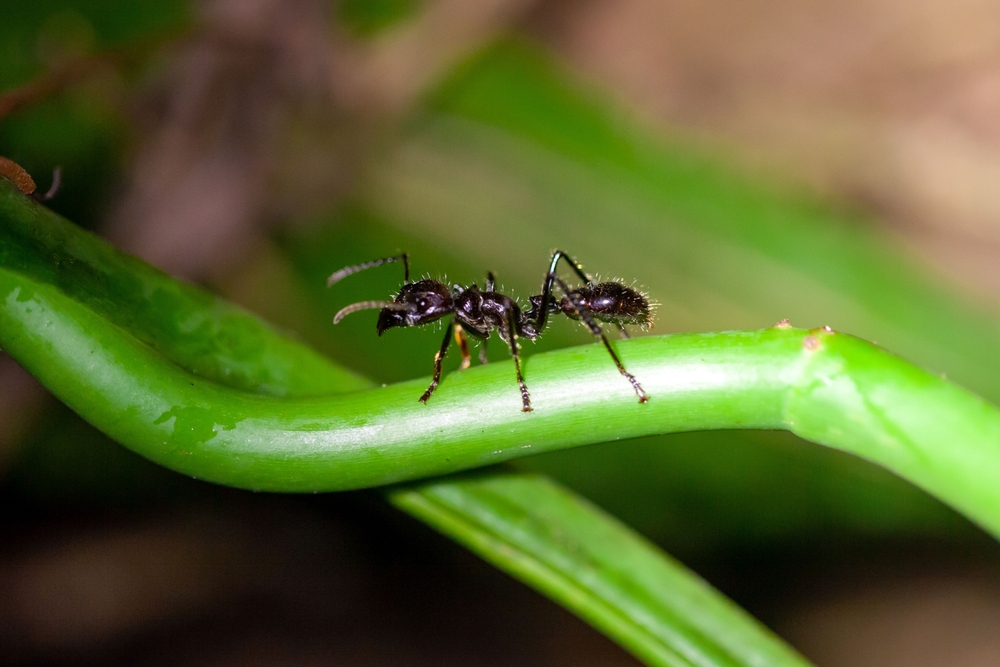
The bullet ant’s sting is infamous, ranking as one of the most painful experiences in the insect world. This excruciating bite is likened to being shot, leaving victims in agony for up to 24 hours. Such a powerful defense mechanism deters predators and protects the ant’s colony.
Despite their painful reputation, bullet ants play a crucial role in their ecosystem, contributing to soil aeration and the food chain. Their sting serves as a warning and a testament to the lengths nature will go to ensure survival. The bullet ant embodies the raw power and resilience found in even the smallest of creatures. Their existence challenges us to respect the natural order and the fierce protectiveness of life.
